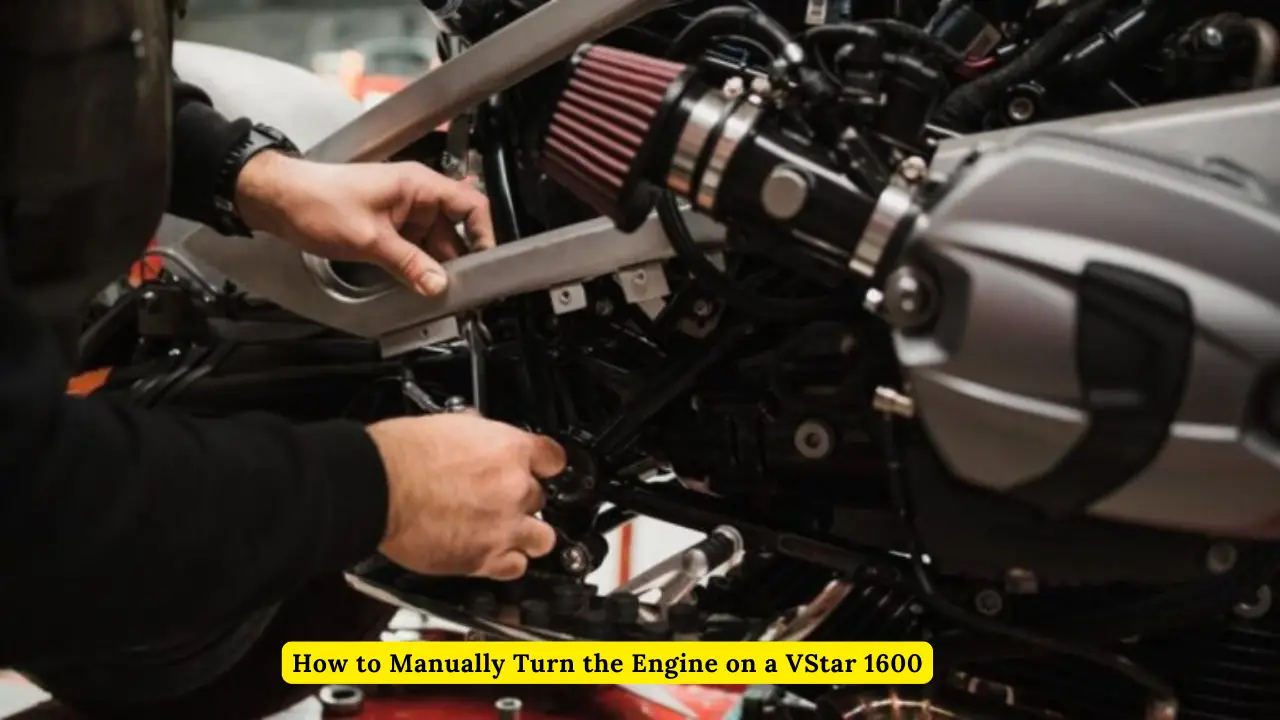The Yamaha VStar 1600 is a powerful cruiser known for its reliability and classic design. However, like any motorcycle, there may be times when you need to manually turn the engine for maintenance or troubleshooting purposes. Understanding how to manually turn the engine on a VStar 1600 is essential for any rider who wants to perform their own maintenance or diagnose engine issues effectively. How to Manually Turn the Engine on a VStar 1600
In this detailed guide, we will walk you through the steps required to manually turn the engine on a Yamaha VStar 1600, ensuring that you can perform this task safely and efficiently. We’ll cover the necessary tools, the step-by-step process, and some additional tips to make the procedure easier.
Why You Might Need to Manually Turn the Engine
Before diving into the procedure, it’s important to understand why you might need to manually turn the engine on your VStar 1600. Manually turning the engine is often necessary when you need to:
- Adjust the valve clearance
- Check the timing
- Replace the timing chain
- Inspect the pistons and cylinders
- Diagnose potential internal engine problems
These tasks are crucial for maintaining the engine’s performance and extending the life of your motorcycle.
Tools You Will Need
To manually turn the engine on a VStar 1600, you will need the following tools:
- Socket wrench set: A complete socket wrench set is necessary to remove the components that obstruct access to the crankshaft.
- 14mm socket: This specific size is essential for turning the crankshaft manually.
- Torque wrench: Used for reassembling components with the correct torque specifications.
- Screwdrivers: Both flathead and Phillips for removing and securing screws.
- Rubber gloves: To protect your hands and provide a better grip.
- Shop manual: The Yamaha VStar 1600’s shop manual is invaluable for specific torque settings and additional guidance.
Step-by-Step Guide to Manually Turn the Engine
1. Preparation and Safety Measures
Before you start, ensure that your motorcycle is on a stable surface and that the ignition is off. Disconnect the battery to prevent any accidental starts while you’re working on the engine. Make sure you have all the necessary tools within reach.
2. Remove the Components Blocking Access
To access the crankshaft, you need to remove several components. Start by removing the seat and the gas tank. This will give you the space you need to work comfortably. Next, remove the side covers and engine covers to expose the crankshaft.
3. Locate the Crankshaft
With the covers removed, you should be able to see the crankshaft. The crankshaft bolt is located at the front of the engine, typically on the left side. Use your 14mm socket to attach to the crankshaft bolt.
4. Manually Turn the Engine
Once you have access to the crankshaft bolt, you can begin to manually turn the engine. Rotate the crankshaft in a clockwise direction using your socket wrench. It’s important to turn the crankshaft slowly and steadily to avoid any damage to the engine components.
5. Monitor the Engine’s Response
As you turn the engine, pay attention to how the internal components move. This is particularly important if you are diagnosing an issue or checking the timing. Look for any irregularities in the movement of the pistons and valves.
6. Reassemble the Motorcycle
After you have completed the task, it’s time to reassemble the motorcycle. Replace the engine covers, side covers, gas tank, and seat, ensuring that all bolts are tightened to the manufacturer’s torque specifications. Reconnect the battery once everything is securely in place.
Additional Tips and Tricks
- Use a shop manual: Always refer to the Yamaha VStar 1600 shop manual for specific torque settings and additional procedures.
- Mark the crankshaft position: Before turning the engine, mark the position of the crankshaft to easily return to the original position if needed.
- Avoid over-tightening: When reassembling, be cautious not to over-tighten bolts, as this can strip threads or damage components.
- Consider professional help: If you are unsure about any step, it’s better to seek professional help to avoid causing damage to your motorcycle.
Common Mistakes to Avoid
- Turning the engine in the wrong direction: Always turn the crankshaft in a clockwise direction. Turning it counterclockwise can cause the timing chain to skip teeth, leading to serious engine damage.
- Forgetting to disconnect the battery: Failing to disconnect the battery can lead to accidental starts, which can be dangerous when working on the engine.
- Not using the correct tools: Using the wrong size socket or applying excessive force can damage the crankshaft bolt or other components.
Conclusion
Manually turning the engine on a Yamaha VStar 1600 is a straightforward process, but it requires attention to detail and the right tools. Whether you’re performing routine maintenance or diagnosing a potential issue, following these steps will help you get the job done correctly and safely.
By understanding the intricacies of your motorcycle’s engine, you can ensure it remains in top condition, delivering the performance and reliability that Yamaha VStar 1600 owners have come to expect.
